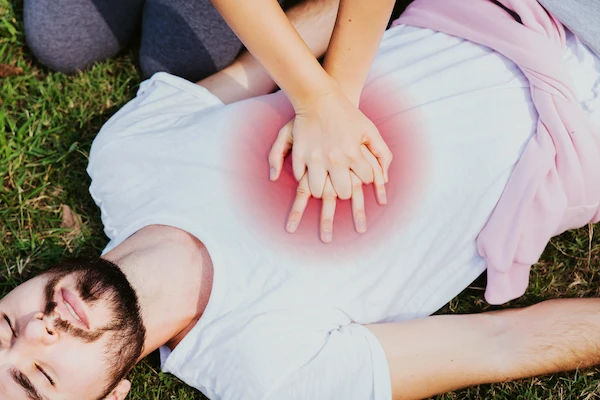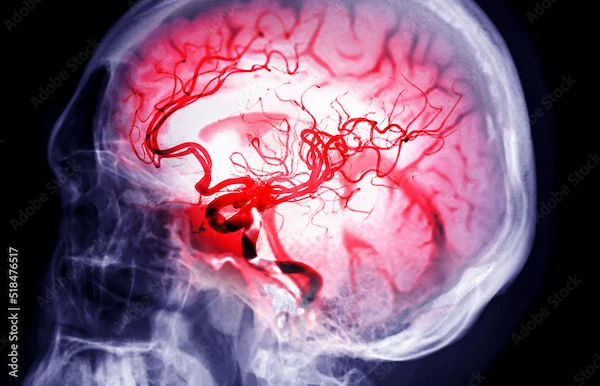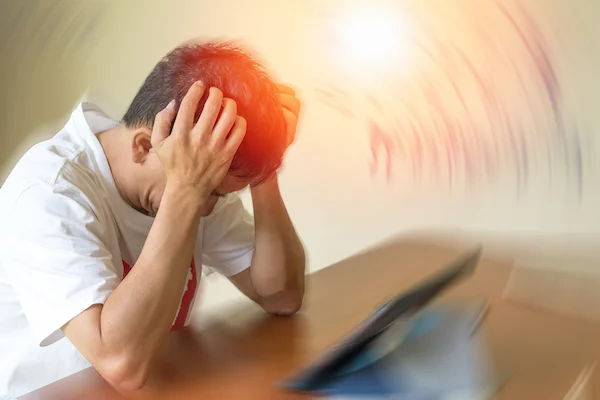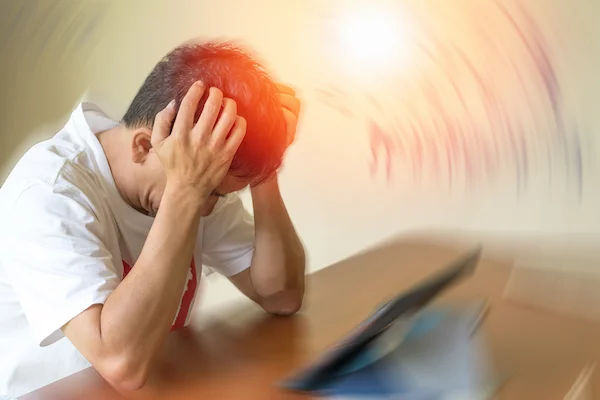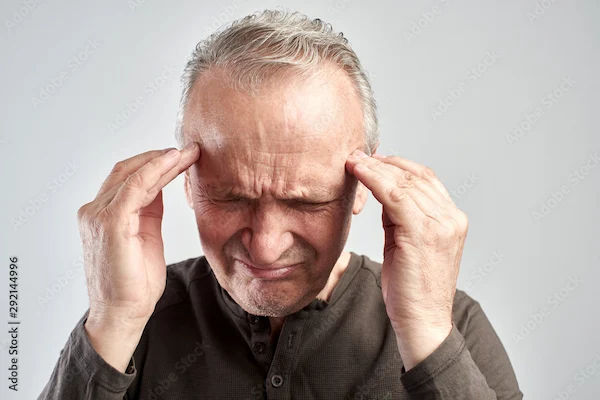Understanding Stroke: The FAST Method
Learn how the FAST method helps identify stroke symptoms quickly—Face drooping, Arm weakness, Speech difficulty, and Time to call emergency services. Early action can save lives and improve recovery.

Written by Dr. Siri Nallapu
Reviewed by Dr. D Bhanu Prakash MBBS, AFIH, Advanced certificate in critical care medicine, Fellowship in critical care medicine
Last updated on 12th Aug, 2025

A stroke is a serious medical emergency that occurs when blood flow to a part of the brain is interrupted, either due to a blockage (ischemic stroke) or a burst blood vessel (hemorrhagic stroke). Without oxygen and nutrients, brain cells begin to die within minutes, leading to lasting damage or even death. Recognising the signs of a stroke and acting FAST can save lives and reduce long-term disability.
What Are the Signs of a Stroke?
The FAST acronym is an easy way to remember the most common stroke symptoms:
F – Face Drooping
- Does one side of the face droop or feel numb? Ask the person to smile—is it uneven?
A – Arm Weakness
- Is one arm weak or numb? Ask the person to raise both arms—does one drift downward?
S – Speech Difficulty
- Is speech slurred or hard to understand? Ask the person to repeat a simple sentence.
T – Time to Call Emergency Services
If any of these signs are present, call for help immediately. Every second counts!
Other Possible Symptoms
- Sudden confusion or trouble understanding speech
- Sudden severe headache with no known cause
- Sudden trouble seeing in one or both eyes
- Sudden dizziness, loss of balance, or difficulty walking
Why Acting FAST Matters?
A stroke is a time-sensitive emergency. The sooner treatment begins, the better the chances of recovery.
- Ischemic Stroke (Clot-related): A clot-busting drug (tPA) can be given within 4.5 hours to restore blood flow.
- Haemorrhagic Stroke (Bleeding): Surgery may be needed to stop the bleeding and relieve pressure on the brain.
Delaying treatment can lead to permanent brain damage, paralysis, or death.
Consult Top Heart Specialists
What Causes a Stroke?
Several factors increase the risk of stroke:
- Modifiable Risk Factors (Can Be Controlled)
- High blood pressure
- Smoking
- Diabetes
- High cholesterol
- Obesity & physical inactivity
- Excessive alcohol use
- Irregular heartbeat (atrial fibrillation)
Non-Modifiable Risk Factors (Cannot Be Changed)
- Age (risk increases after 55)
- Family history of stroke
- Gender (women have a higher lifetime risk)
- Previous stroke or mini-stroke (TIA)
How to Reduce Your Risk of Stroke
1. Control Blood Pressure
- Monitor regularly and take prescribed medications.
- Reduce salt intake and eat a heart-healthy diet.
2. Quit Smoking & Limit Alcohol
- Smoking damages blood vessels—seek help to quit.
- Alcohol should be limited to 1 drink per day for women, 2 for men.
3. Manage Diabetes & Cholesterol
- Keep blood sugar levels in check.
- Eat fibre-rich foods (oats, fruits, vegetables) and avoid trans fats.
4. Stay Active & Maintain a Healthy Weight
- Aim for 30 minutes of exercise (walking, swimming) most days.
- Losing even 5-10% of body weight can lower stroke risk.
5. Recognise & Treat Atrial Fibrillation (AFib)
- AFib increases stroke risk—medications like blood thinners can help.
What to Do If You Suspect a Stroke?
1. Call emergency services immediately—do not wait to see if symptoms improve.
2. Note the time when symptoms first appeared (crucial for treatment).
3. Do NOT drive yourself—ambulances provide faster, safer care.
4. Stay calm and keep the person still—loosen tight clothing and turn them on their side if vomiting.
Recovering After a Stroke
Recovery depends on the severity of the stroke and how quickly treatment was given. Rehabilitation may include:
- Physical therapy (to regain movement)
- Speech therapy (to improve communication)
- Occupational therapy (to relearn daily activities)
Support from family, a healthy diet, and follow-up medical care are essential for long-term recovery.
When to See a Doctor?
If you or a loved one has risk factors for stroke, consult a doctor for preventive care. Apollo 24|7 offers expert neurology consultations and health check-ups to help manage stroke risks.
Conclusion
A stroke can happen to anyone, but knowing the FAST warning signs and acting quickly can save a life. By making healthy lifestyle choices and managing medical conditions, you can significantly reduce your risk. Stay informed, stay prepared, and act FAST—because every second counts!
Consult Top Heart Specialists
Consult Top Heart Specialists
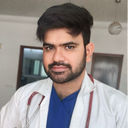
Dr. Bhukya Pavan Kalyan
General Physician
5 Years • MBBS DNB Paediatrics
Bengaluru
PRESTIGE SHANTHINIKETAN - SOCIETY CLINIC, Bengaluru

Dr. Anand Ravi
General Physician
2 Years • MBBS
Bengaluru
PRESTIGE SHANTHINIKETAN - SOCIETY CLINIC, Bengaluru

Dr. Tripti Deb
Cardiologist
40 Years • MBBS, MD, DM, FACC, FESC
Hyderabad
Apollo Hospitals Jubilee Hills, Hyderabad
Dr Moytree Baruah
Cardiologist
10 Years • MBBS, PGDCC
Guwahati
Apollo Clinic Guwahati, Assam, Guwahati
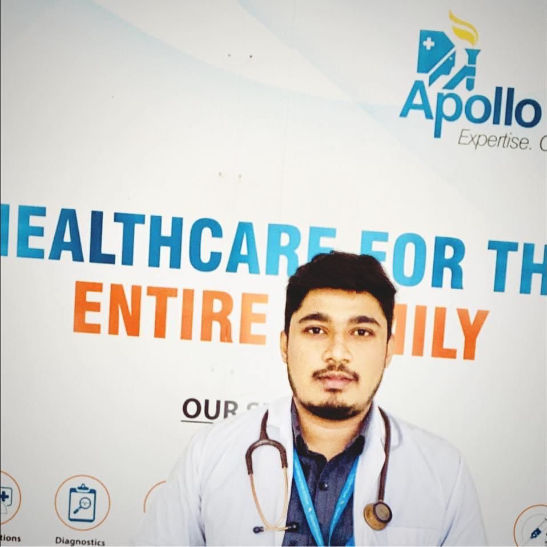
Dr. Zulkarnain
General Physician
2 Years • MBBS, PGDM, FFM
Bengaluru
PRESTIGE SHANTHINIKETAN - SOCIETY CLINIC, Bengaluru
Consult Top Heart Specialists

Dr. Bhukya Pavan Kalyan
General Physician
5 Years • MBBS DNB Paediatrics
Bengaluru
PRESTIGE SHANTHINIKETAN - SOCIETY CLINIC, Bengaluru

Dr. Anand Ravi
General Physician
2 Years • MBBS
Bengaluru
PRESTIGE SHANTHINIKETAN - SOCIETY CLINIC, Bengaluru

Dr. Tripti Deb
Cardiologist
40 Years • MBBS, MD, DM, FACC, FESC
Hyderabad
Apollo Hospitals Jubilee Hills, Hyderabad
Dr Moytree Baruah
Cardiologist
10 Years • MBBS, PGDCC
Guwahati
Apollo Clinic Guwahati, Assam, Guwahati

Dr. Zulkarnain
General Physician
2 Years • MBBS, PGDM, FFM
Bengaluru
PRESTIGE SHANTHINIKETAN - SOCIETY CLINIC, Bengaluru
